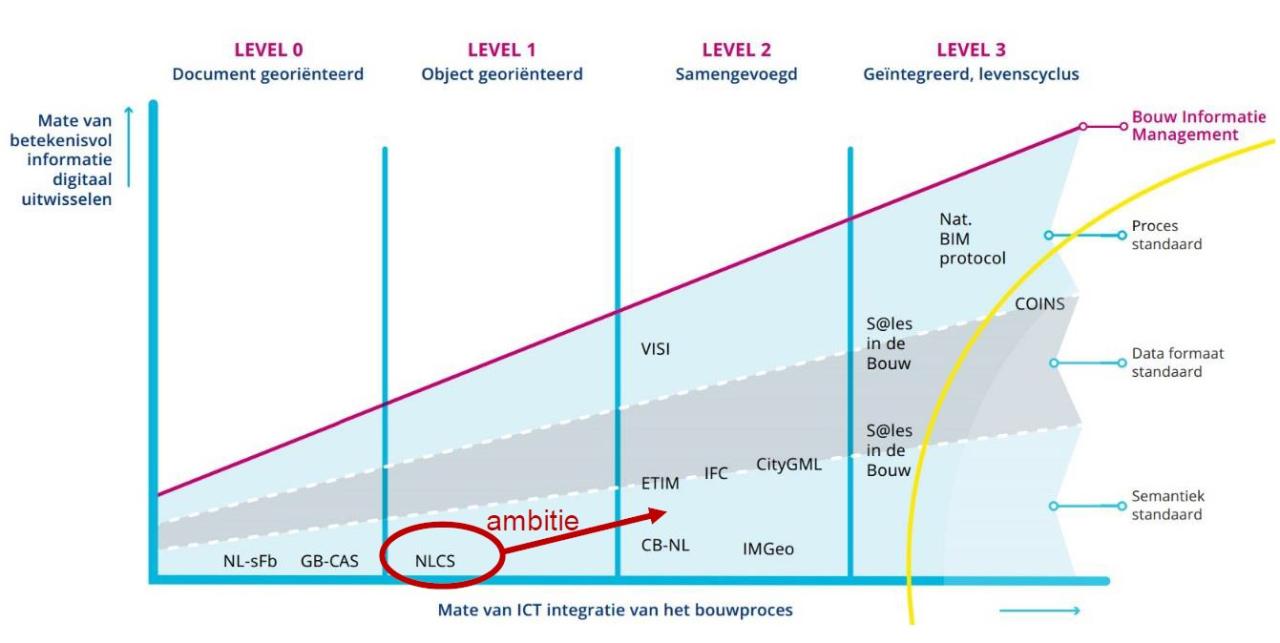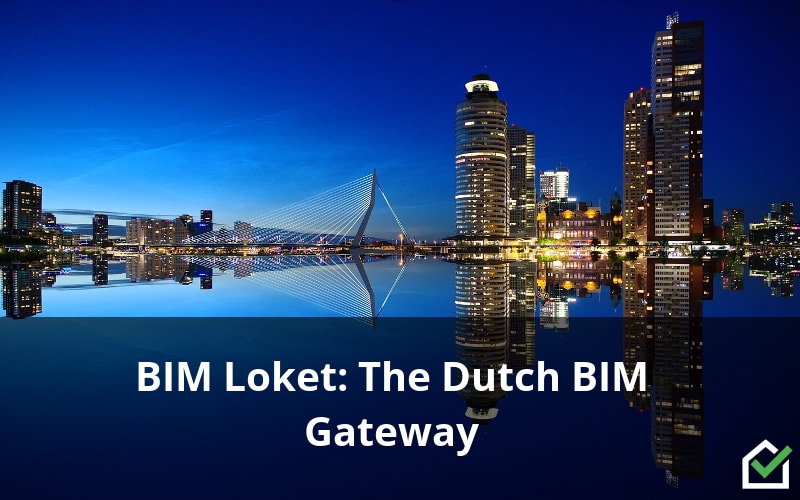The Netherlands believes that open BIM standards are essential to the successful implementation of BIM within the Dutch construction industry. In 2014, a study was conducted to determine the best practices and the best way to ensure maintenance standards. The study resulted to Foundation Plan, a business plan commissioned by the Council for the BIM Gateway Foundation (a group of nonprofit standard institutions based in the Netherlands). The goal of the Foundation Plan was to set specifications for a BIM Gateway that would be of integral open BIM standards. By the end of 2015, the BIM Gateway Foundation was incorporated and the Netherlands launched its new BIM Loket (Gateway).
The new BIM Loket is intended to be the national source for all information about and the management of open BIM standards in the Netherlands. It has two objectives: to be a central information portal for open BIM standards and to stimulate BIM practice.
Why the Need for a BIM Gateway?
Building a BIM Gateway for all stakeholders significantly reduces maintenance costs by collating all open BIM standards in one unified comprehensible system. This ensures the effective and efficient use of the standards while promoting their widespread use. BIM enables the realisation of quality projects that are built in more economical and faster ways — a BIM gateway allows more of this. Having a BIM Gateway ensures that all standards are being followed. It provides a strengthened network that encourages collaborative work and wider observance of the standards. The BIM Gateway presents a unified front to the market with one clear message — these are the open BIM standards for the whole construction industry. It tailors to both national and international levels supporting cooperation between different BIM-involved parties.
The Dutch Building Information Council has been encouraging the use BIM for the past two decades. It continues to focus on improving the quality and competitiveness of the construction industry in the Netherlands. A practical example would be the firm, Royal BAM Group nv/BAM Infraconsult. BAM relies on integrated BIM and GIS because most of their projects require full lifecycle BIM. Their highway construction projects are real world examples of Design, Build, Finance, and Maintain (DBFM) and use GIS-BIM integration. BAM’s investment in BIM and GIS is due to market demands that include complex construction tasks and a great consumer demand for quality service provision throughout the project’s entire lifecycle. Other factors include internal needs addressing safety control, quality assurance, costs, planning, and sustainability.
Another example would be ARCADIS Netherlands. This firm has been integrating geospatial in their design process. While working on the HOV Nijmegen project, they integrated geospatial and engineering design in one database that ended with individual copies of every data element that supported multiple use. This made communication simple and easy while maintaining a high quality final design. An automated analysis of design choice outcomes resulted to a shorter planning cycle. According to the ARCADIS team, different terms used by geospatial analysts, civil engineers, and designers were the hitch to geospatial and BIM integration. A BIM Gateway that allows for term indexing and standardising would make integration easy.

Complying to BIM Standards
The BIM Loket is intended to be a one-stop shop for all BIM-related standards whether maintained in the Netherlands or an international project. The BIM Loket involves all stakeholders from all disciplines — may be in the industry, the academe or in legislation bodies. Standards are important especially to Dutch construction firms like Royal BAM and ARCADIS Netherlands as they strive to compete internationally. Standards are highly crucial and necessary for the total digital transformation of the Dutch building industry especially with the 2018 implementation of the Dutch Building Quality Law as they strive to achieve the goals of the 2030 energy strategy.
To somehow get an overview of the Dutch construction sector, read up on the industry’s digital transformation over time, BIM trends and best practices, and their smart logistics in smart construction. If you are in the Dutch construction game and want to get ahead, download our free ebook and start learning how to increase productivity and delivery in your construction game.




